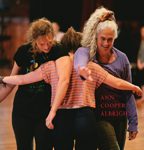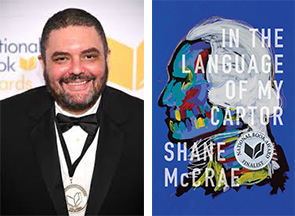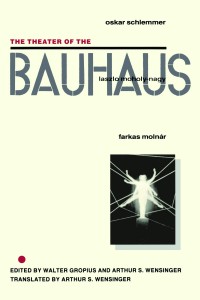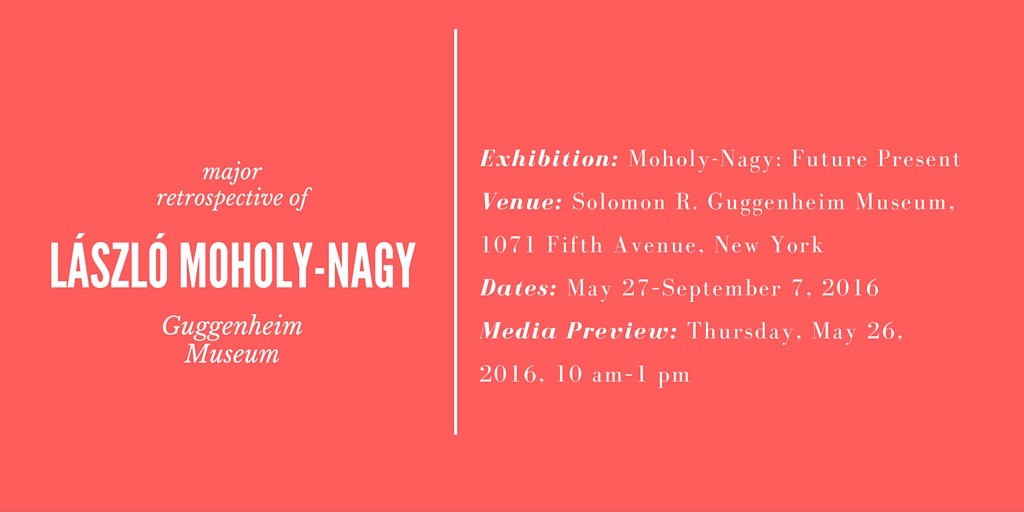
Congratulations to three Wesleyan University Press authors who have been awarded the 2019 Guggenheim Fellowship. This year, the John Simon Guggenheim Memorial Foundation chose 168 recipients from 30,000 applicants from the United States and Canada. Guggenheim Fellowships are intended for individuals who have already demonstrated exceptional capacity for productive scholarship or exceptional creative ability in the arts.
Winners from the Press include:
Ann Cooper Albright is Professor and Chair of the Department of Dance at Oberlin College. She is the author of Moving History/Dancing Cultures: A Dance History Reader (Wesleyan University Press, 2001), Traces of Light: Absence and Presence in the Work of Loïe Fuller (Wesleyan University Press, 2007), and Engaging Bodies: The Politics and Poetics of Corporeality (Wesleyan University Press, 2014). She is a recipient of the 2019 Guggenheim Fellowship for Dance Studies.
Camille Dungy is a professor in the English Department at Colorado State University. She is the author of Trophic Cascade (Wesleyan University Press, 2017), winner of the Colorado Book Award in 2018. She is a recipient of the 2019 Guggenheim Fellowship for Poetry.
Shane McCrae is an Assistant Professor of Writing at Columbia University. He is the author of In the Language of My Captor (Wesleyan University Press, 2017), a finalist for the National Book Award in 2018. He is a recipient of the 2019 Guggenheim Fellowship for Poetry.












